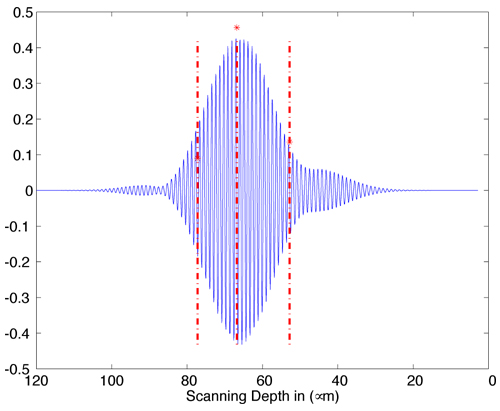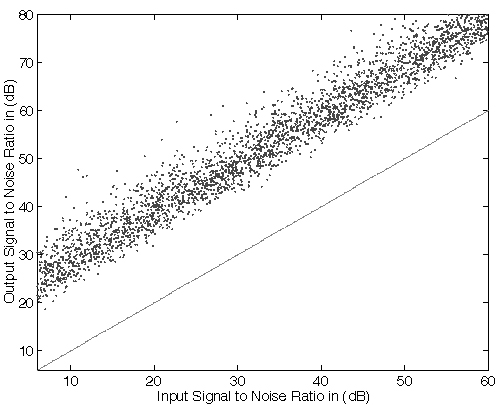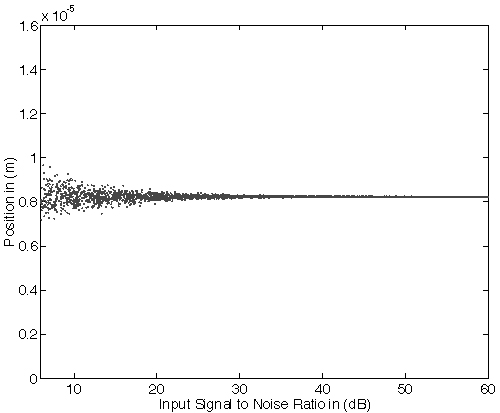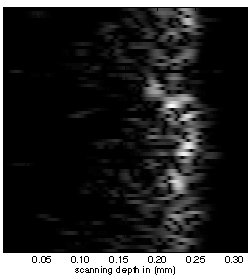
Optical Coherence Tomography (OCT): A superresolution method
Herbert Bay
Micro-engineering
Diploma Project
February 2002
Abstract
A new high-resolution method is presented that is able to deconvolve an OCT signal and detect thin layers separated by less than the coherence length of the light source.
OCT performs high-resolution, cross-sectional tomographic imaging of the internal microstructure in materials and biological systems by measuring the coherent part of the back-scattered or reflected light.
High-resolution OCT has important implications for early cancer diagnosis. More specifically, OCT provides images of dense structures within a depth of a few mm. For the recognition of cancerous cell structures, a high-resolution is required.
Our method is based on an analytical model which assumes that the recorded OCT signal is the cross-correlation of the Gaussian self-coherence function of the light source with the impulse response of a multilayer sample, each layer being characterized by four parameters. The method is exact in the absence of noise and requires no more than 4xL measurements to retrieve the 4xL parameters.
Until now, the coherence length of the source light limited the resolution of OCT. On the contrary, our method depends on Signal to Noise ratio only. Thus we first exploit the parametric description of the signal to increase the SNR (by as much as 15 dB for a two-layer signal of 350 samples). The exact reconstruction algorithm is then applied to the resulting denoised signal.
The test images below show the behavior of our algorithm applied to noisy OCT signals (Figs. 1 and 2, Figs. 5 and 6) and to noisy synthetic signals (Figs. 3 and 4): the noise is greatly reduced without loss of information. Non-coherent noise due to multiple back-scattered photons is reduced (Figs. 5 and 6). That makes the new method interesting for the imaging of biological tissues.
During the diploma project, an algorithm has been developed and implemented in ANSI-C, in order to be used for OCT system. Its aim is the real-time application of this method.
Furthermore, for the
functionality of the algorithm, the GNU-scientific-library (GSL) has been
made portable from POSIX to any other environment.





